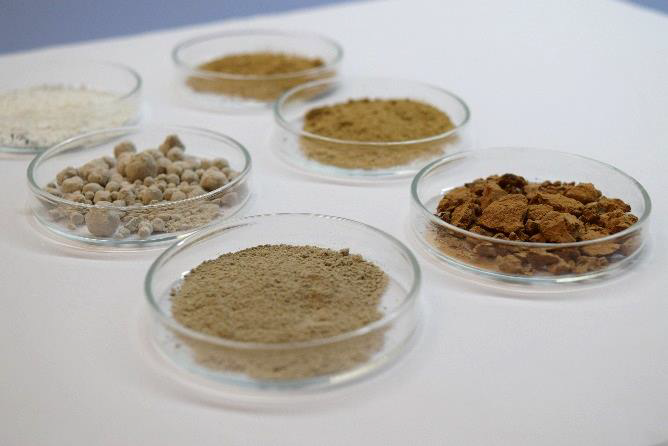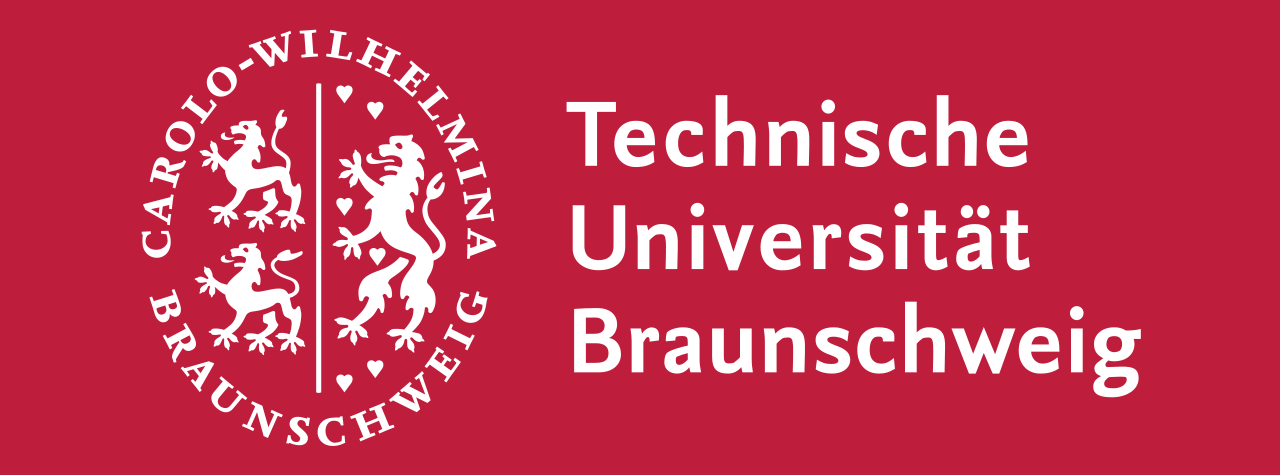Research Summary Report of A10
Earth Additive Manufacturing (EAM) – Material and Process Combinations for AM with Earth-based Materials
[25.06.2025]
B. Sc. Sofia Tsiotou Researcher, sofia.tsiotou@tum.de
Prof. Dr. (PhD) Alisa Machner Project leader, alisa.machner@tum.de
Technical University of Munich, TUM School of Engineering and Design, Professorship for Mineral Construction Materials
Project A10 aims to design and investigate two novel processes for Earth Additive Manufacturing (EAM), namely, Sprayed Earth Additive Manufacturing (SEAM) as a deposition-based EAM process, and Intrusion Earth Additive Manufacturing (IEAM) as a particle-bed-based EAM process. Alongside the investigations on the two processes, earthen binder mixtures will be evaluated from a material’s perspective with regard to the material-process interaction and their variability and suitability for large scale EAM applications. The assessment of both methods and materials will revolve around tackling issues commonly associated with Earthen Construction such as shrinkage, long drying times and strength development and additionally issues introduced with Additive Manufacturing such as maintaining pumpability while ensuring a sufficient buildability during the construction of 3D-printed elements.
Summary
The subproject summarized in this report focuses on the clay-rich materials that comprise the matrix of earthen binders used for EAM processes.
An often-overlooked parameter of EAM, which leads to time-consuming trial-and-error approaches and over time damage and strain on the robotic equipment, is the material mineralogy. Inconsistencies or a complete lack of mineralogical data can be observed across studies, and established standards of earthen construction [1].
The present study introduces a systematic investigation of the clay mineral components of earthen binders and its effect on emerging EAM techniques. Clay minerals (Fig. 1) are the common denominator in all earthen materials and the primary contributors to the flow properties of and its strength development as a physical binder. The strength development of clay-rich binders is not based on a chemical reaction, like the hydration of cement or lime, but on the electrostatic forces and cohesion (Fig. 2) that develop between the individual particles during mixing with water and drying.
The research aims to assess the heterogeneity of clay-rich materials and to define the role of different mineral components in clay-rich earthen mineral binders. The goal is to understand the manner in which the structural and compositional variability of clay minerals, affects the plasticity of earthen binders and controls their behavior during the mixing, extruding, compacting, and drying stages of EAM. Microstructural parameters can then be linked to geotechnical and mechanical parameters and yield insights on how the material interacts with water and performs in EAM processes.
Current state of research
Preliminary studies carried out on EAM methods in the scope of the TRR277 A10 project used a commercial building clay product, Con01 (Baulehm 01.002, trocken), from the company Conluto, explicitly developed for construction purposes. This material serves as a reference sample for a printable clay in the present study. Initial work focuses on earthen materials (Fig. 3) with non-swelling clay minerals, kaolinite (1:1) (Al₂Si₂O₅(OH)₄) and illite (2:1) (K₀.₇₅Al₂(Si₄O₁₀)(OH)₂·nH₂O).
Within the first stage, we investigate the material on a microstructural scale. Gaining insight on the reference Con01 sample includes a full quantitative mineralogical and chemical characterization using X-Ray Powder Diffraction (XRD) and Inductively Coupled Plasma Mass Spectroscopy (ICP-OES). Further physical microstructure characterization is carried out with Specific Surface Area (SSA) measurements using the Brunauer-Emmett-Teller (BET) method, surface charge determination with Zeta Potential (ZP), grain size distributions collected with Laser Diffraction (LD) and Scanning Electron Microscopy (SEM) used for imaging. Assessing the quality of Con01 as a binder for earthen construction includes its comparison to other commercial clay-rich products with variable Kaolinite/Illite (K/I) ratios.
During the 2nd stage, we assess the mixing and drying behavior of the matrix studied in the 1st stage. This includes flow properties post-mixing, drying rate and shrinkage and strength of the fully dried end-product.
References
[1] V. Maniatidis and P. Walker, A Review of Rammed Earth Construction: University of Bath, 2003. [Online].









